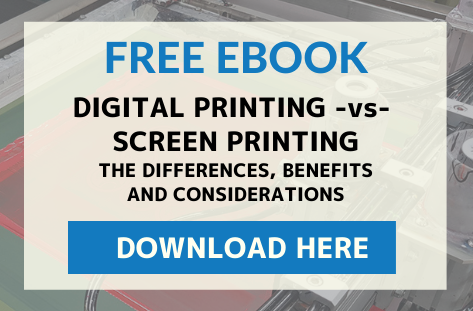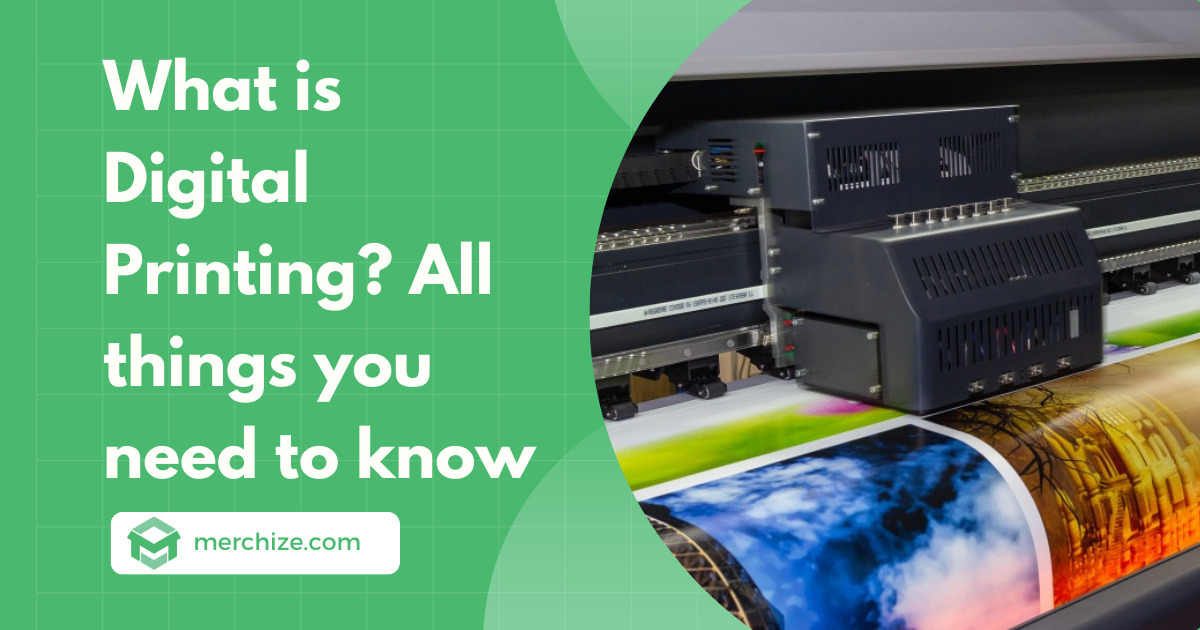The Basic Principles Of 24??media
The Basic Principles Of 24??media
Blog Article
Things about 24??media
Table of ContentsNot known Facts About 24??media5 Simple Techniques For 24??mediaIndicators on 24??media You Need To KnowAn Unbiased View of 24??media24??media Things To Know Before You Get This
Offset, gravure printing and flexography are the most common types of conventional printing in the product packaging area and each entails moving the image from a plate to the surface. To do this, initially the plate requires to be created, and it is the production of these plates that take some time, and set you back money.According to PMMI, digital printing allows brands and manufacturers to respond rapidly to consumer needs while improving the supply chain, minimizing warehousing cost and waste, and delighting in faster time to market. That all audios excellent, yet how does this technology do all that? The major differentiator of these modern technologies is that there are no set-up charges and no plates with electronic printing.
According to Wikipedia, the greatest difference between digital printing and traditional techniques such as lithography, flexography, gravure, or letterpress is that there is no need to change printing plates in digital printing, whereas in these analog printing methods the plates are continuously changed. This results in quicker turn-around time and reduces expense when utilizing digital printing.

Digital printing is highly adaptable, so it's easy to make changes to the package layout promptly. It all goes back to the plates.
All about 24??media
A lot more supply can imply even more waste down the roadway. With conventional printing approaches, short-run printing is just not feasible. Due to the fact that a wonderful style can make or break your item, digital printing constantly creates premium, clear and vibrant graphics each time. Digital printing on versatile bags adds the intense, vibrant, and precise graphics that virtually bid customers to connect and touch them.
Packing ... Are you acquainted with the benefits of digital printing? Keep reading to recognize when electronic printing can be the finest possible remedy for your organization. Do you recognize why digital printing has ended up being the favorite selection of some businesses? Both countered and electronic printing have their location in the printing industry.
In this short article, we will certainly discuss the advantages of electronic printing to aid you much better understand if digital printing is simply what you need. Basically - digital printing prints material directly onto the paper. It eliminates some actions required in countered printing, like developing steel plates. Inkjet printers make use of small nozzles to spray droplets of ink onto the substrate.
A Biased View of 24??media
As digital printing continuously evolves, it uses extra possibilities and greater result high quality every day. In some cases, the print quality can be as high as to balance out printing.
For countered printing, if any error goes unnoticed prior to creating home plates, there will be a high expense of developing a brand-new one. However, with electronic printing, this is not the situation. Although everybody constantly really hopes visit this website there will certainly be no errors, recognizing the cost of remedying them if they occur is constantly an excellent idea.
This suggests each and every single item will look the exact same, so the possibility you will need to throw out any one of them due to incongruities is low. Also, because a proofing sample is published on the exact same machine as the item itself, shade proofing is very precise. Any kind of problems with shade will be noticeable on the proof, and thus it will be feasible to transform it prior to printing the entire run.
Getting My 24??media To Work
Digital printing, on the other hand, requires minimal arrangement. There are less pre-press treatments, so the initial configuration time is dramatically minimized. Consequently, turnaround is visibly much faster. Your order can be refined as quickly as you submit it. This is wonderful when you are in a rush to get your published materials.

This implies even more demands for digital on-demand print manufacturing. Every client appreciates a personalized message. One of the advantages of digital printing is that personalizing your advertising materials could not be less complicated. Cost-efficient, smaller sized sets allow businesses to customize each order. Have a back-to-school sale? Make a flyer to target moms and dads and an additional one to target the students.
Digital printing is the excellent choice for variable information printing, like customized codes and addresses on straight mail. With digital printing, it is much less troublesome to make final changes to your layout.
24??media for Dummies
There is also no need to clean up the plates after printing. The benefits of digital printing include that there is no waste from additional or leftover ink, paper, or chemicals since only what's required obtains printed. - for very short runs, electronic printing is the way to go, undeniably.
Gone are the days of complex configurations and lengthy turn-around times - electronic printing has actually changed the print market. The printing globe has actually come a lengthy method given that the days of Gutenberg's printing press. The new regular is structured processes and cost-efficient services for publishing onto nearly anything you can assume of.

Report this page